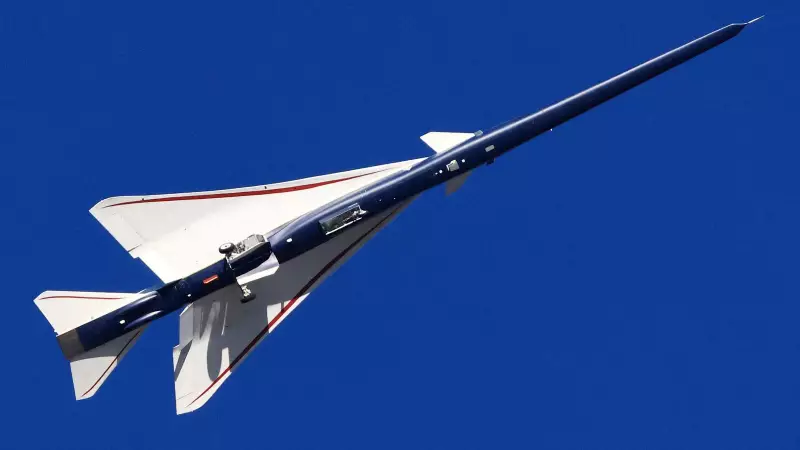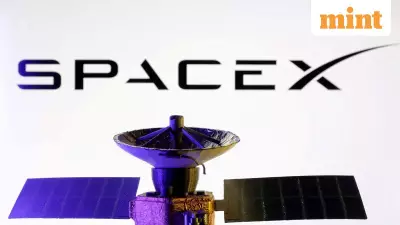
In a groundbreaking development that could reshape the future of air travel, NASA and Lockheed Martin have unveiled the X-59 experimental aircraft, a revolutionary supersonic jet designed to fly faster than sound without generating the disruptive sonic boom that has limited supersonic travel for decades.
The Dawn of Quiet Supersonic Travel
The X-59 represents a significant leap forward in aviation technology, specifically engineered to produce what NASA describes as a "gentle thump" rather than the traditional loud sonic boom. This technological breakthrough could potentially slash coast-to-coast flight times across the United States by half, transforming a typical 5-hour transcontinental journey into a mere 2.5-hour experience.
Breaking the Sound Barrier Silently
What makes the X-59 truly revolutionary is its unique aerodynamic design. The aircraft features an elongated, needle-like nose measuring 38 feet and a carefully shaped fuselage that prevents shockwaves from merging into the powerful sonic boom associated with previous supersonic aircraft like the Concorde.
Key innovations include:
- Advanced shaping that disperses shockwaves
- Strategic placement of the cockpit midway down the aircraft length
- Cutting-edge noise-reduction technology
- State-of-the-art aerodynamics for minimal acoustic impact
Potential Impact on Commercial Aviation
If successful, the X-59 could pave the way for a new generation of commercial supersonic aircraft that can fly over land without disturbing communities below. This would mark a significant departure from current regulations that prohibit supersonic flight over populated areas due to noise concerns.
The technology demonstrated by the X-59 could eventually lead to:
- Dramatically reduced flight times for business and leisure travelers
- New possibilities for emergency medical transport
- Enhanced global connectivity with faster international routes
- Revitalization of the supersonic commercial aircraft market
The Road Ahead for Supersonic Travel
NASA plans to begin flight tests later this year, with the first quiet supersonic flights scheduled for 2024. The agency will conduct community overflight tests to gather data on public perception of the new quiet sonic thump, which will be crucial for regulatory bodies considering changes to supersonic flight restrictions.
This collaboration between NASA and Lockheed Martin represents one of the most significant advancements in aviation technology in recent decades, potentially bringing us closer to the reality of routine supersonic travel that is both fast and community-friendly.





